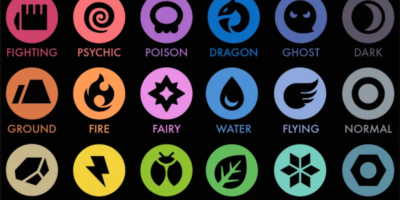Researchers at the Waterloo School of Optometry have made a breakthrough in medical innovation with a groundbreaking cure for an endemic with which a whopping 87.32% of UW student faculty are afflicted. This rampant condition is, of course, the infamous plague of Oculodistorisis, better known as Waterloo Vision.
Waterloo Vision is a disturbing phenomenon that is characterized by deluded fantasies regarding the world in which the patient lives. Specifically, primary delusions of Waterloo Vision include distorted perceptions of the physical attractiveness of people around them, unusually high expectations of mental capacities, and inability to notice fashionable clothing in contrast to casual, worn-out clothing. When interviewing sufferers of the affliction, common testimonies include, “I was in Toronto and everyone was so fashionable and beautiful. It was ridiculous. But then I told them a joke about a Jacobian they didn’t know the difference between spherical and cylindrical coordinates! I assumed they were joking, but it turns out they weren’t.” Others cite confusion when asking their special dates out to a seminar on Quantum Field Theory and being rejected. “I guess she must have already been familiar with it,” said the rejected engineer.
The researchers claim they’ve found a positive response in rats afflicted with Waterloo Vision (they couldn’t relate to other rats unable to solve mazes in under a minute). Rats treated with a daring new drug, “ethanol,” were found to first stop solving puzzles, then spend less personal time learning new programming languages and finding enjoyment in activities other than StarCraft. The rats were also observed excreting hormones. Male rats’ Douchiness coefficient increased 70% and both sexes excreted 67% more pheromones increasing attractiveness to rats outside their colonies. The radical treatment has already entered clinical phase III trials, with expectations to be on the market as soon as December 2011.




Leave a Reply